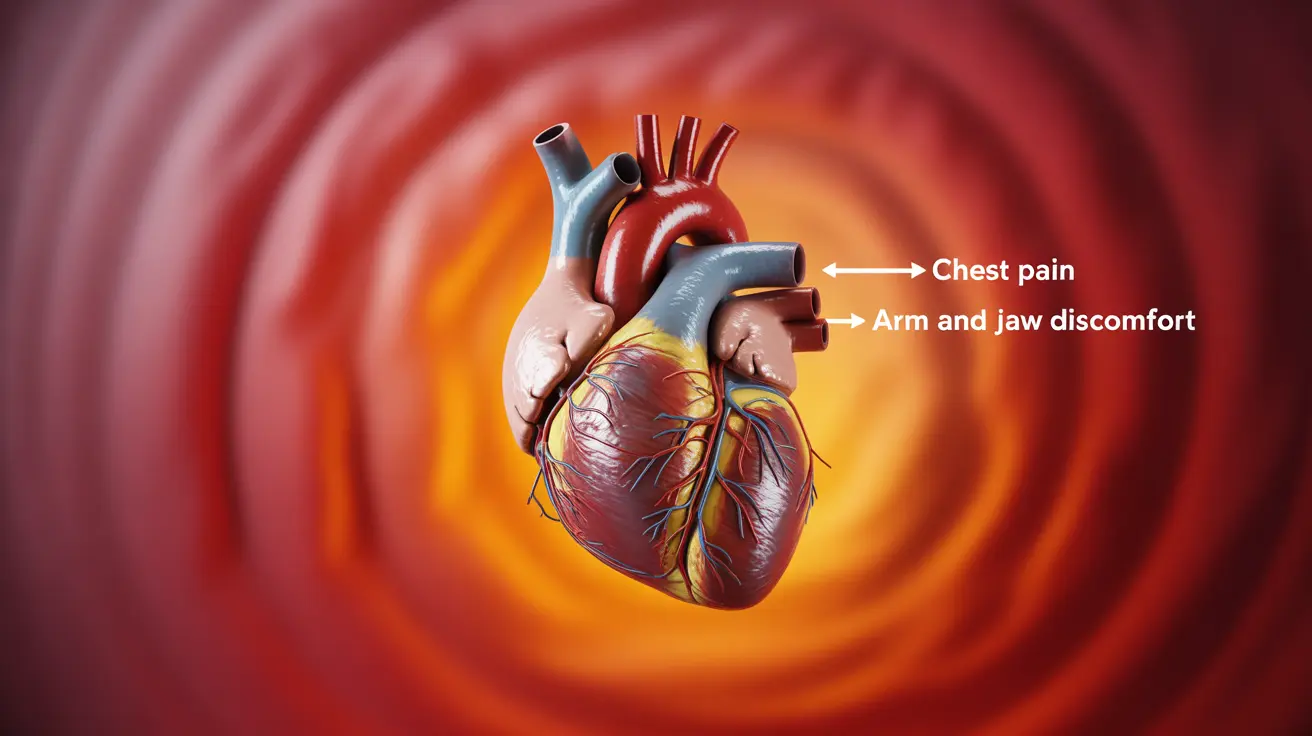Intraepithelial lymphocytosis is a microscopic finding that occurs when there's an increased number of lymphocytes (white blood cells) within the epithelial layer of various tissues, particularly in the digestive tract. This condition often serves as an important indicator of underlying gastrointestinal disorders and requires careful medical evaluation for proper diagnosis and treatment.
While not a disease itself, intraepithelial lymphocytosis can signal several significant health conditions, ranging from celiac disease to inflammatory bowel disorders. Understanding its implications is crucial for both healthcare providers and patients in determining the appropriate course of treatment.
Common Causes and Associated Conditions
Intraepithelial lymphocytosis can be triggered by various factors and is frequently associated with several gastrointestinal conditions:
- Celiac disease
- Inflammatory bowel disease (IBD)
- Helicobacter pylori infection
- Autoimmune disorders
- Food allergies and sensitivities
- Microscopic colitis
- Lymphocytic colitis
Among these, celiac disease is one of the most common associations, particularly when intraepithelial lymphocytosis is found in the duodenum. The presence of these increased lymphocytes often indicates an active immune response to various triggers within the digestive system.
Recognizing the Symptoms
While intraepithelial lymphocytosis itself doesn't cause symptoms, the underlying conditions often present with various digestive complaints:
- Chronic diarrhea
- Abdominal pain
- Bloating
- Weight loss
- Fatigue
- Malabsorption issues
- Nausea and vomiting
The specific combination and severity of symptoms can vary significantly depending on the underlying cause, making proper medical evaluation essential for accurate diagnosis.
Diagnostic Process
Diagnosing intraepithelial lymphocytosis involves several key steps:
Endoscopic Examination
An endoscopy with biopsy is the primary method for identifying intraepithelial lymphocytosis. During this procedure, small tissue samples are taken from the intestinal lining for microscopic examination.
Histological Analysis
Pathologists examine the biopsy samples under a microscope to count the number of intraepithelial lymphocytes and assess their distribution within the tissue.
Additional Testing
Further diagnostic tests may include:
- Blood tests for celiac disease antibodies
- H. pylori testing
- Inflammatory markers
- Genetic testing when appropriate
Treatment Approaches
Treatment for intraepithelial lymphocytosis focuses on addressing the underlying condition:
Dietary Modifications
For celiac disease, a strict gluten-free diet is essential. Other dietary changes may be recommended based on the specific diagnosis.
Medication
Various medications might be prescribed depending on the cause:
- Antibiotics for H. pylori infection
- Anti-inflammatory drugs for IBD
- Immunosuppressive medications when necessary
- Corticosteroids in some cases
Monitoring and Follow-up
Regular monitoring through follow-up biopsies and clinical evaluation helps ensure treatment effectiveness and disease management.
Frequently Asked Questions
What causes intraepithelial lymphocytosis and which gastrointestinal diseases is it commonly associated with? Intraepithelial lymphocytosis is most commonly associated with celiac disease, inflammatory bowel disease, H. pylori infection, and autoimmune conditions. These conditions trigger an immune response that increases lymphocyte presence in the intestinal lining.
What symptoms might indicate intraepithelial lymphocytosis linked to conditions like celiac disease or Crohn's disease? Common symptoms include chronic diarrhea, abdominal pain, bloating, weight loss, and fatigue. However, symptoms vary depending on the underlying condition and may range from mild to severe.
How is intraepithelial lymphocytosis diagnosed through gastrointestinal biopsies? Diagnosis is made through endoscopic biopsies where tissue samples are examined under a microscope. Pathologists count the number of intraepithelial lymphocytes and assess their distribution to confirm the condition.
What treatment options are available for intraepithelial lymphocytosis depending on the underlying cause? Treatment options vary based on the underlying cause and may include dietary modifications (such as a gluten-free diet for celiac disease), medications (antibiotics for H. pylori, anti-inflammatories for IBD), and regular monitoring.
Can eradication of Helicobacter pylori infection reduce intraepithelial lymphocytosis in the duodenum? Yes, successful eradication of H. pylori infection through appropriate antibiotic therapy can lead to a reduction in intraepithelial lymphocytosis in the duodenum, often accompanied by symptom improvement.




